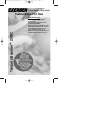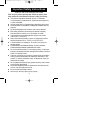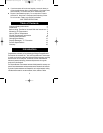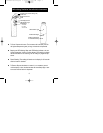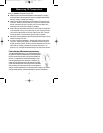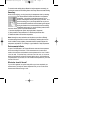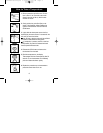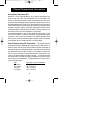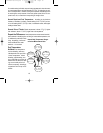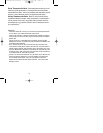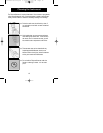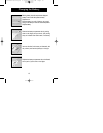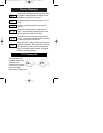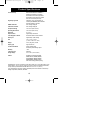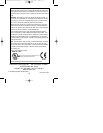
Rectal Temperature Artifacts: Rectal temperature should only be con-
sidered as a good approximation of core temperature when the patient’s
thermal balance is stable,
8
and may be misleading after antipyretics, physical
exercise, or other intervention that may change temperature quickly.
Axillary Temperature Artifacts: Based on strong evidence cited by
the National Institutes for Health, “axillary temperature is contraindicated in
critically ill adults, and its use in the general patient population should be
discouraged due to its unreliable correlation with core temperature and its
poor reproducibility.”
9
References:
1
Greene DS, Fleisher GR. Accuracy of a noninvasive temporal artery thermometer
for use in infants, Arch Pediatr Med 2001 Mar;155(3):376-381
2
Studies on file at Exergen. Published or presented studies available from Exergen.
3
Caring for Baby and Young Child: Birth to Age 5, American Academy of Pediatrics,
Bantam 1999.
4
Keith R. Powell, M.D., Dr. Noah Miller Chair of Pediatrics, Children's Hospital
Medical Center of Akron, and Professor and Chair of Pediatrics, Northeastern Ohio
Universities College of Medicine.
5
Roy S, Powell K, Gerson LW. Non-invasive temporal artery temperature (TAT)
measurements in healthy infants, children, and adolescents. European Society for
Pediatric Infectious Diseases, 2002 Conference, Vilnius, Lithuania, May 29-31, 2002.
6
Kuzucu EY. Measurement of temperature. Int Anesthesiol Clin, 3(3):435-49, May, 1965
7
Tandberg D, Sklar D. Effect of tachypnea on the estimation of body temperature by
an oral thermometer. NE J Med, 308, 945-46,1983
8
Houdas Y, et al. Human body temperature. Ch 5, p89, Plenum Press, 1982, USA, UK
9
O’Grady NP, Barie PS, Bartlett JG, et al. Practice guidelines for evaluating new
fever in critically ill adult patients. Task Force of the Society of Critical Care
Medicine and the Infectious Diseases Society of America. Clin Infect Dis 1998
May:26(5):1042-59
11
tat2000instrev6.qxd 2/6/2006 9:35 AM Page 11



